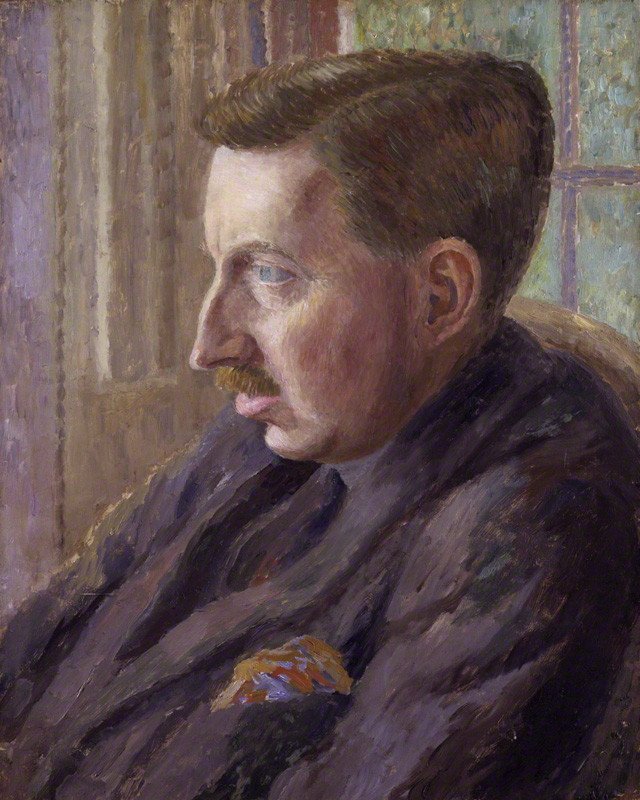Breathing Life into Character - The Magic and Beauty of Our Fictional Others
“Ethos anthropoi daimon (often translated as ‘character is man’s fate’ though some scholars believe, ‘daimon’ might be better rendered as ‘divinity’ - thus ‘character is man’s divinity’.)”
Route à Louveciennes, neige fondante, soleil couchant (Road to Louveciennes, snow melting, sun setting), 1869-1870, Claude Monet - private collection - a piece of art that inspired a memory and, subsequently, a section in my book.
E. M. Forster, 1924-25, portrait by Dora Caringtonr
What makes you turn the pages of a great novel or story? Many people love a harrowing plot. Yet what would a plot be without wonderful characters to follow and fall in love with? Today, Dolli and I dive into a discussion about the importance of memorable characters and where they come from. We also touch upon inspiration, our ideas, and how we translate them onto the page. I also read two excerpts from my soon-to-be-finished novel, Breathing Loss and Wonder, a story about family and the conflicted pasts that are never far behind us. So, please join us as we examine the every day magic in the lives of our fictional others.
“Here we must conclude our comparison of those two allied species, Homo Sapiens and Homo Fictus. Home Fictus is more elusive than his cousin. He is created in the minds of hundreds of different novelists, who have conflicting methods of gestation... He is generally born off, he is capable of dying on, he wants little food or sleep, he is tirelessly occupied with human relationships. And - most important - we can know more about him than we can know about any of our fellow creatures, because his creator and narrator are one. ”
La Pie (The Magpie), 1868-1869, Claude Monet - every child’s dream of a winter’s day around Christmastime.


